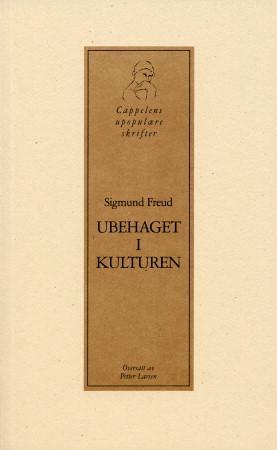
Flying Camelot av Michael W. Hankins
399,-
<P><B><I>Flying Camelot</I></B><B> brings us back to the post-Vietnam era, when the US Air Force launched two new, state-of-the art fighter aircraft: the F-15 Eagle and the F-16 Fighting Falcon.</B> It was an era when debates about aircraft superiority went public¿and these were not uncontested discussions. Michael W. Hankins delves deep into the fighter pilot culture that gave rise to both designs, showing how a small but vocal group of pilots, engineers, and analysts in the Department of Defense weaponized their own culture to affect technological development and larger political change.</P><P>The design and advancement of the F-15 and F-16 reflected this group''s nostalgic desire to recapture the best of World War I air combat. Known as the "Fighter Mafia," and later growing into the media savvy political powerhouse "Reform Movement," it believed that American weapons systems were too complicated and expensive, and thus vulnerable. The group''s leader was Colonel John Boyd, a conten








